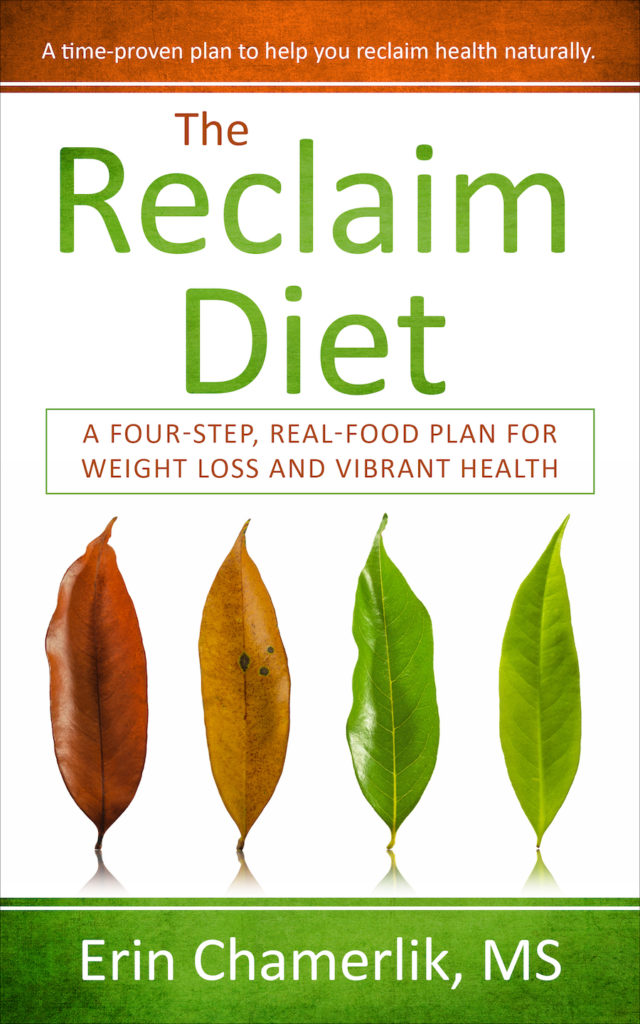
Magnesium deficiency can trigger osteoporosis
Many people take calcium supplements hoping to build strong bones. Unfortunately, taking calcium without balancing vitamin D and magnesium (Mg) causes further magnesium deficiency which triggers a cascade of events that, over time, will lead to bone loss.
What does the science show?
- Inadequate dietary Mg intakes were linked to an increased rate of bone loss in postmenopausal osteoporotic women. (source)
- Mg is necessary for vitamin D synthesis, transport, and activation. Healthy bones require adequate vitamin D. (source)
- In participants to the cohort “Osteoarthritis Initiative” followed for 8 years, it was found that women with the higher dietary Mg intake had a twenty-seven percent reduced risk for future fractures. (source)
- Chronic low magnesium state has been associated with a number of chronic diseases including diabetes, hypertension, coronary heart disease, and osteoporosis. (source)
- Magnesium deficiency in alcoholism may also contribute to complications such as osteoporosis, cardiovascular disease, stroke and hypertension. (source)
- Low magnesium also promotes inflammation and a relation exists between inflammation and bone loss. (source)
Magnesium supplementation increases bone density
Recent studies also suggest magnesium supplementation increases bone density or arrests bone loss in 80% of osteoporotic subjects. (source)
The intake of calcium must be balanced with magnesium, 2:1
Women have been given bad advice: “Postmenopausal women are encouraged to consume at least 1000 mg of calcium per day. This can lead to a dietary calcium/magnesium ratio of 4:1, rather than the recommended 2:1 ratio, and reduce the efficiency of magnesium absorption. (source)
Magnesium deficiency is common and leads to severe health consequences
- Low magnesium intakes and blood levels have been associated with type 2 diabetes, metabolic syndrome, elevated C-reactive protein, high blood pressure, atherosclerotic vascular disease, sudden cardiac death, osteoporosis, migraine headache, asthma, and colon cancer. (source)
- Eating the Standard American Diet, rich in processed foods but low in nutrients, leads to magnesium deficiency. (source)
A Real Food diet optimizes magnesium
If you are new to eating a real food diet that builds health, start with my book, The Reclaim Diet. You will want to “un-learn” what you may have believed your entire life. Hidden behind fad diets, food manipulated for profit, and false nutrition advice is the truth about why you continually struggle with weight loss, high blood pressure, high blood sugar and rapidly declining health. Grains and legumes are not health foods. Fat is not bad — but refined oils are bad. The Food Pyramid was wrong. Clean animal protein is necessary and beneficial. Sometimes it is referred to as a Paleo Diet.
Foods to optimize magnesium
Since the center of chlorophyll contains magnesium, green vegetables are excellent sources of magnesium as well as spirulina and chlorella. Most people need 400mg to 600mg magnesium per day. These foods are the highest in magnesium, but it would be hard to reach the daily requirement without supplementing.
- Almonds, 80mg per ounce
- Cashews, 73mg per ounce
- Spinach, raw, 24mg per cup (high in oxalates)
- Spinach, cooked, 87mg per half cup (high in oxalates)
- Swiss Chard, 87mg per half cup (high in oxalates)
- Artichoke, 97mg per artichoke
- Okra, 57mg per cup
- Parsley, 30mg per cup
- Peas, green, 48mg per cup
- Squash, 59mg per cup
- Cacao Powder, 40mg per tablespoon
- Dark chocolate (70-85%), 64mg per ounce
- Avocado, 58mg per medium avocado
- Banana, 41mg per cup
- Seeds, Pumpkin, 156mg per ounce
- Seeds, Sesame, 103 per ounce
- Chia seeds, 84mg per tablespoon (high in oxalates)
- Mackerel, 97mg per 3.5 ounces
- Salmon, 95mg per 3.5 ounces
- Cod, 133mg per 3.5 ounces
- Beef, 28mg per 3.5 ounces
- Lamb, 34mg per 3.5 ounces
- Turkey, ground, 35mg per 3.5 ounces
- Chicken, 30mg per 3.5 ounces
- Pork tenderloin, 36mg per 3.5 ounces
Other Excellent Sources of Absorbable Magnesium
While there are plenty of foods that deliver magnesium, most people need to supplement, but it is important to choose an absorbable form.
Supplementation of Magnesium
A review study concluded, “Inorganic formulations (magnesium oxide, magnesium carbonate, magnesium chloride) appear to be less bioavailable than organic ones, and the percentage of absorption is dose dependent.”
Avoid magnesium oxide. It is used most often because it is cheap, but this form is not absorbed well and is not useful. (source)
Organic formulations of magnesium include, but are not limited to:
- Magnesium glycinate, Magnesium bisglycinate, highly absorbable and highly bioavailable, a great general-purpose source of magnesium that is well tolerated.
- Magnesium citrate, a mild laxative effect
- Magnesium threonate, has neuroprotective effects
- Magnesium malate, often used for muscle issues
- Magnesium taurate, used for heart health
How to Determine Your Magnesium Dosage
The amount of magnesium an individual needs will vary. You will find your dose by slowly working up to bowel tolerance.
- Most people need 400 – 600 mg daily. Start with one capsule at bedtime the first night.
- Then two capsules the second night.
- Three capsules the third night, and so on. Increase by one capsule each night.
- When you experience a loose stool the following morning reduce your nightly dose by one capsule and stay at that dose daily.
Here’s the Magnesium Supplement that I Recommend
Recommended
-
Dandelion for Liver Support and Health BenefitsJuly 20th, 2024
-
Modified Citrus PectinJuly 11th, 2024
-
Bentonite Clay Mask for Face and ArmpitsJuly 8th, 2024
-
Two Supplements for Erectile DysfunctionJune 30th, 2024










